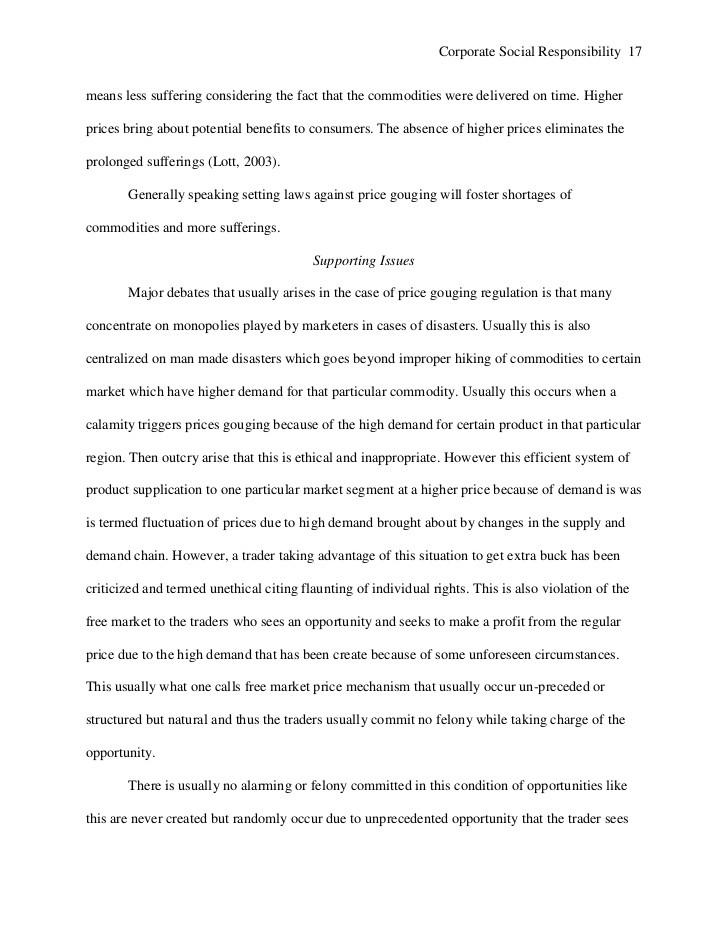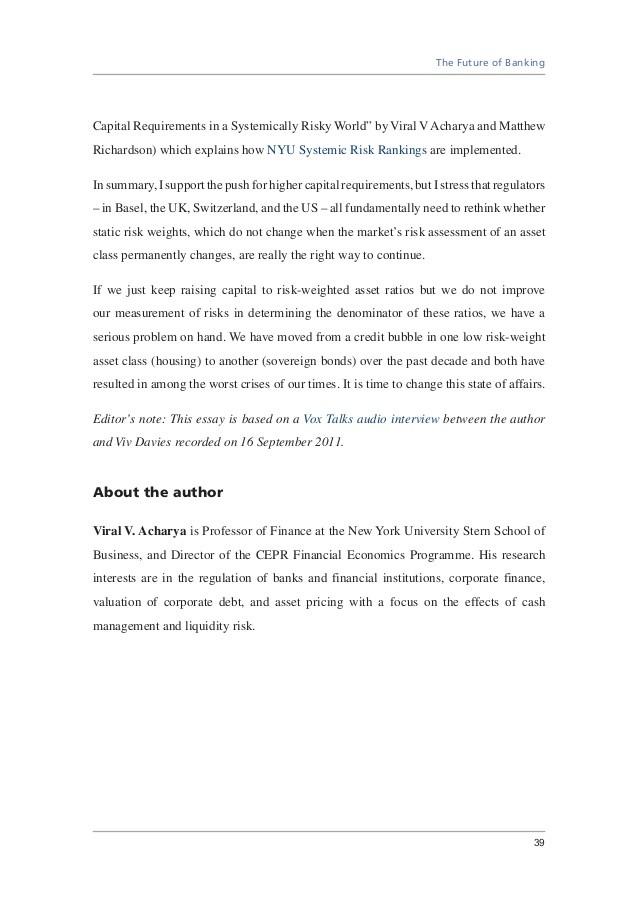Counterparty Exposure And Potential Future Exposure Finance Essay
Post on: 11 Июнь, 2015 No Comment

1 Introduction
Counter party risk has never attracted so much attention as it has now, in the after math of the worst financial crisis the world has seen since 1930. All the world’s largest economies were pulled in to recession due to the contraction of the credit markets which resulted in the failure of many high profile financial institutions. Even more financial institutions would have failed if not for the government bailouts. The credit crisis was triggered due to a liquidity short fall, which was a result of the investors losing faith in the financial system. A steady stream of credit defaults that started from US sub prime mortgage sector spread through the world economies creating a domino effect.
The recent financial crisis was undoubtedly the greatest test for derivatives and financial risk management. The main focal point during the financial crisis was counterparty credit risk, often known as counterparty risk. Counterparty risk arises from the credit risk involved in complex derivatives that are traded in the OTC markets. Though the derivatives are widely used around the globe, majority is concentrated among a few ‘dealers’ (i.e. large investment banks). Derivatives do have a potential to create a complex web of transactions. The bi-lateral nature of OTC transactions, lack of market transparency and the complexity of the products creates a tough challenge counterparty risk management. Moreover, the financial instability of an institution can induce major instability in such highly inter-connected financial system.
The risk of a counterparty defaulting on a financial contract and discontinuing any further payments can be defined as counterparty risk. Canabarro and Duffie (2003), defines counterparty exposure as the greater of zero and the market value of the portfolio of financial contracts with a particular counterparty that would be lost in the case of a default event with zero recovery value. Only privately negotiated bi-lateral contracts of the OTC markets are subjected to counterparty risk. Counterparty risk was traditionally thought as a part of credit risk that has a little impact on the financial risk of a contract. Since the recent financial crisis counterparty risk is seen as a major component of financial risk.
Potential Future Exposure
Counterparty exposure can be categorised in to two sections: Current exposure (CE) and Potential future exposure (PFE). The following definitions are useful to introduce the concept of PFE.
Value-at-risk: Defines the worst loss over a target horizon that will not exceed with a certain level of confidence. It assumes a continuous distribution of the underlying risk / returns. VaR helps a risk analyst to make a statement in the line that “We are 99% percent confident that the company will not lose more than 10M within the next 10 days”. VaR is useful to quantify the future exposure at a certain level of confidence.
Mark-to-market: The Mark-to-market of a financial contract is the current market value of the contract. MtM with respect to counterparty is the sum of the MtM of all the contracts with the particular counterparty. MtM is dependent of the collateral agreements with the counterparty and also the possibility of netting trades that are done with that party. Current MtM does not indicate a current liability to a particular counterpart, but present value of all the future cash inflows minus the outflows.
Characteristics of counterparty exposure: One of the main characteristics of counterparty risk is the asymmetry in potential losses with respect to MtM. In the event that counterparty has defaulted, the underlying contract should be settled depending on the MtM value of the underlying contracts. In such case there can either be a positive or a negative MtM.
Positive MtM: When a contract has a positive value at the time of default, the exposure would be the MtM value of the contract minus the recovery value. Most of the time the recovery value is close to zero, hence the exposure will be equal to the positive MtM value.
Negative MtM: In this situation, though the counterparty defaults the company will have an obligation to pay the Negative MtM value to the counterparty.

At a default event a company losing out on a positive MtM contract but not gaining on a Negative MtM is a defining characteristic of counterparty risk. The exposure can be stated as the following equation;
Exposure = max(MtM, 0 )
Potential future exposure: Potential future exposure involves estimating the future MtM values with a particular counterparty. PFE defines a maximum possible exposure during the time period at a certain confidence level. This method is very similar to the value-at-risk estimation. A dealer would know the MtM values of the current exposure and the passed exposure values with a particular counter party. However, there is uncertainty about the exposure at future points in time. To derive the PFE value at a certain future point in time one would first need to create the probability distribution of possible MtM values of the contract at the future point in time. The distribution of the future values can then be used to make a VaR like estimation on the maximum possible loss (or exposure) at a certain probability for the particular time horizon.
Importance of quantifying credit exposure
Accurately quantifying counterparty credit exposure has become very important with the increase in the use of counterparty risk management methods. Companies operate credit lines for their counterparties and the size of the extended credit depends on the value that the counterparty can create in the company’s business. This practice requires the lenders to value and monitor the current lending to counterparty with respect to the credit limits. Most importantly when a company is establishing a new financial contract with counterparty, they would need to know the current and future impact of the particular financial contract on the credit line for the particular counterparty. The financial contract will be approved only if the credit limit for the particular counterparty is not breached at any point during the life of the financial contract. Future exposure computations are essential for approving trades by comparing against the credit limits.
Quantifying the current and the future counterparty risk of the current portfolio is essential for the operations of a company. Important decisions such as hedging the excess exposure in a portfolio would be made based on the valuation of the exposure of the current portfolio. With the recent regulations by the Basel committee, financial institutions need to maintain a minimum amount of regulatory capital to cover their obligations. The current risk exposure of the company portfolio will be factor in as an important input when computing the minimum required regulatory capital of the company.














